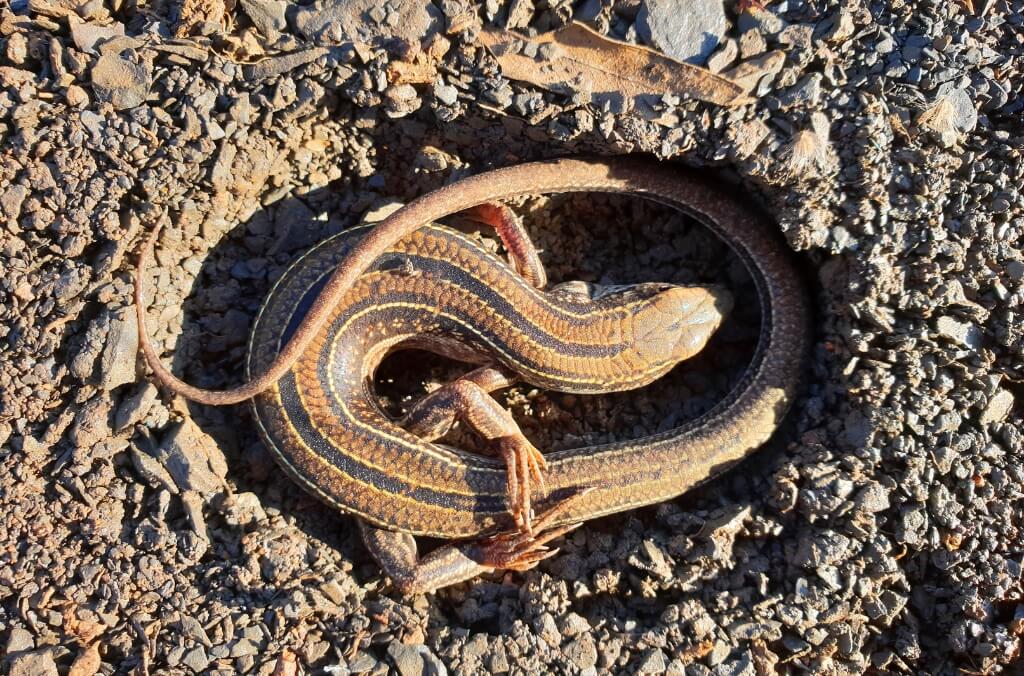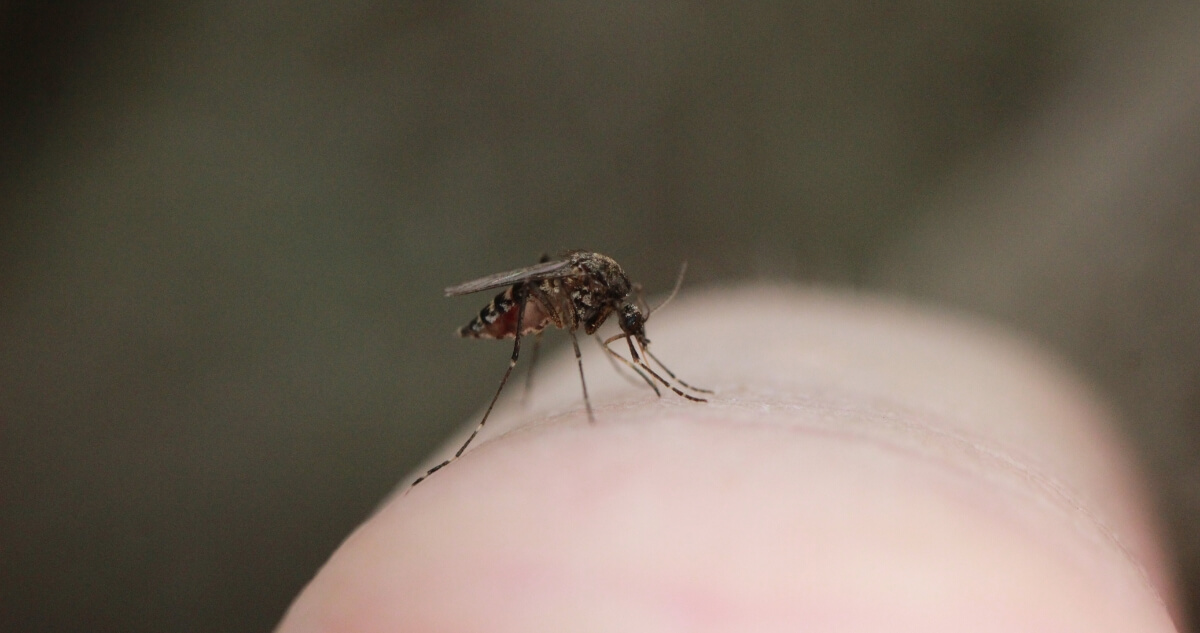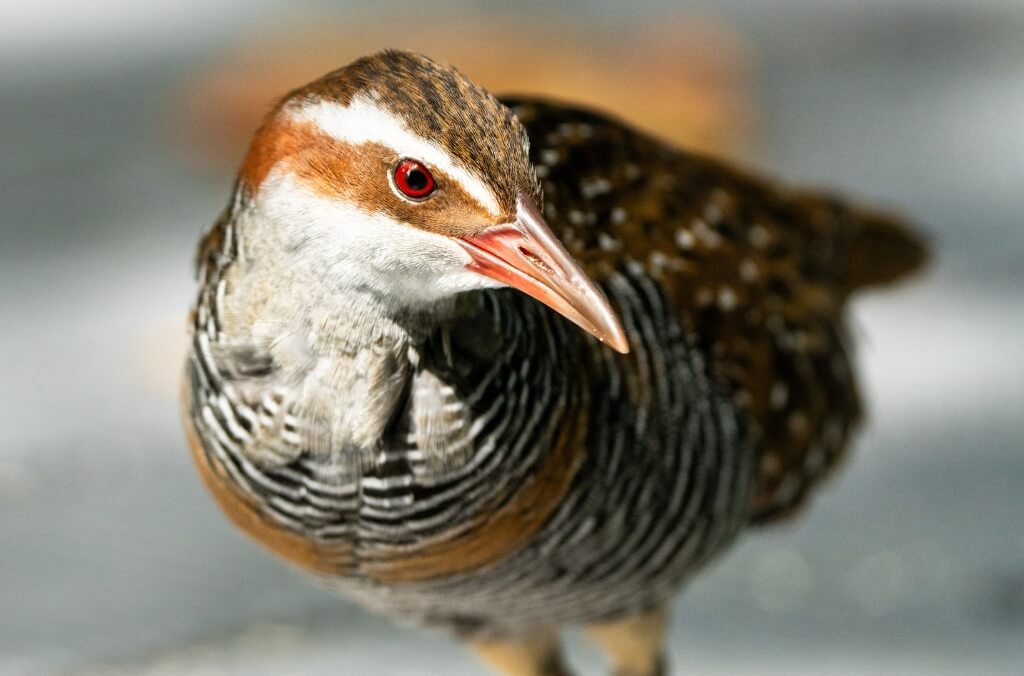Different ways to deal with winter
Winter brings challenges for both humans and wildlife, prompting various strategies to stay warm and conserve energy.
Different ways to deal with winter
There are many ways we can deal with the shorter days and colder weather winter brings. Most adjust their wardrobe and bring out their favourite winter coat, many like to curl up indoors with a blanket and a hot water bottle, and some avoid it altogether by going on holiday to somewhere warmer.
Our wildlife residents also employ a variety of tactics to deal with the challenges winter brings. Some grow thicker fur, some migrate to warmer areas, and some bunker down in a state of torpor.
Challenges for wildlife over winter
When the temperature is colder, animals need to use more energy to stay warm. Using more energy may not be an option for those that have less food available in winter. Insects are in short supply over winter, leaving insectivores like frogs and microbats with less on the menu.
Torpor
To conserve energy over winter, some species go into torpor by reducing their metabolic rate along with their body temperature and movement.
About 43% of Australian species use torpor in winter, with some animals replacing sleep with torpor for 5-10 hours a day, and others staying in a state of torpor for multiple days at a time.
Fun Fact: Torpor uses less energy than sleep, allowing animals to conserve more energy.
As frogs and lizards are ectothermic, relying on external sources to regulate their body temperature, they have less control over their torpor state.
Mammals such as microbats that are endothermic, capable of internally generating heat, can control their torpor state more precisely.
Encountering those in torpor
If you see an animal in a state of torpor, please keep your distance and don’t disturb as it’s their best bet to survive winter.
While lethargy is a symptom of both torpor and illness, sickness usually involves other symptoms like weight loss, drooling, or unusual behaviour.
If you’re not sure, contact Park Rangers on 0408 864 798 for advice.

You might also be interested in...


Sydney Olympic Park has been in busy preparing a gift for Park users that’s not wrapped in ribbon, but in science!


We’ve recently completed the 22nd annual Spring Bird Census 2025 at Sydney Olympic Park.
